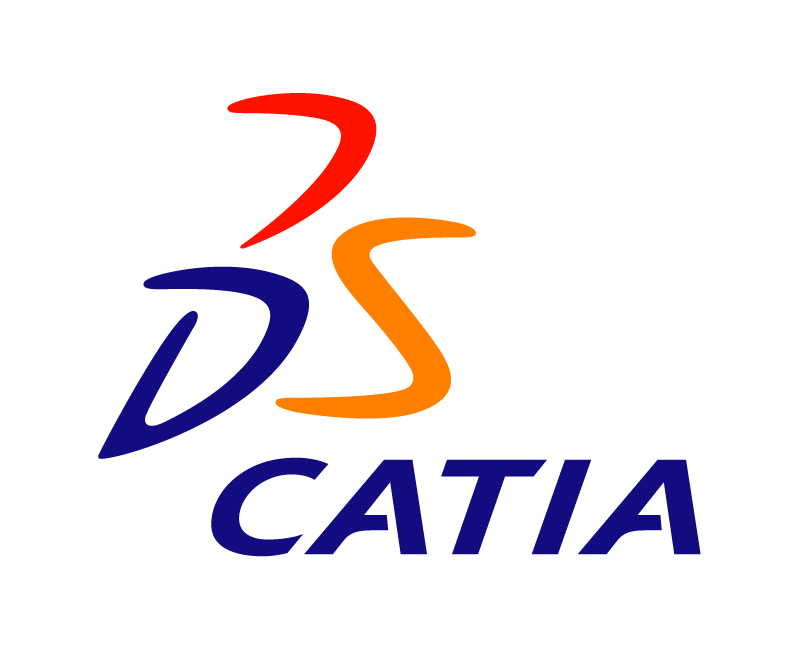Introduction to CATIA V5 Design Software With Basic CATIA Design Tutorials Design Ideas
Catia V5 Tutorials
Tutorials
CATIA is a robust application that enables you to create rich and complex designs. This tutorial series will help you to design parts and assemble them in various CAD modelling software including CATIA and also will teach you to make simple drawings of these parts and assemblies. We focus on the fundamental skills and concepts that enables you to create strong foundations for your design.
CATIA V5
CATIA is a mechanical design software. It is a feature based parametric solid modelling design tool that takes advantage of the easy to learn windows graphics user interface. You can create fully associative 3D solid models with or without constraints while using automatic or user defined relations to capture the design intent.
[post_ads]
Feature Based
Like an assembly made up of number of individual parts, a CATIA document is made up of individual elements. These elements are called features.
While creating a document you can add features such as pads,pockets,holes,ribs,fillets,chamfers and drafts. As the features are created they are directly applied to the work piece.
Features can be classified as sketch based or dress-up
- sketch based features are created using a 2D sketch.
- Dress up features are created direcly on the solid models. Fillets and chamfers are examples of this kind of features.
[post_ads]
Parametric
The dimension and relations used to create a feature are stored in the model. This enables you to capture the design intent and to easily make changes to the model using these parameters.
- Driving dimensions are used while creating a feature.
Solid Modelling
A solid model is a most complete type of geometric model used in CAD systems. It contains all the wire-frame and surface geometry necessary to fully describe the edges and faces of the model. In addition to geometric information solid models also convey their topology, which relates the geometry together.
Fully Associative
A CATIA model is fully associative with the drawings and parts or assemblies that reference it. Changes in the models are automatically reflected in the associated drawings parts and assemblies. Likewise changes in the context of the drawing or assembly are reflected back to the model.












COMMENTS